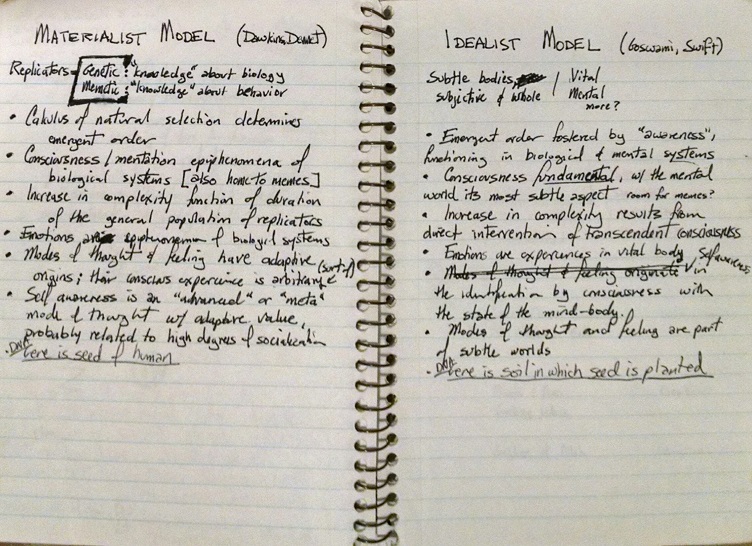A common practice
I’ve finished another book, a relatively quick read, taking me to 2 out of 20 books completed in my 2020 reading challenge. I just might get it done!
The book was Where Good Ideas Come From, by Steven Johnson, a brief treatise on innovation. I left a short review on Goodreads. but wanted to blog about something interesting I learned during my read.

As part of the history of genius inventors, and of how information is organized and shared among them, Johnson covers the history of the commonplace book. This was a way for private individuals to compile knowledge, particularly popular in the early modern period. It was basically a loosely organized collection of notes. Typically it would be one volume, but it might take a lifetime to fill it, becoming a kind of jumbled encyclopedia with a personal touch.
There were even methods devised for the best way to organize the information, so that it could be found easily, but wasn’t too restrictively compartmentalized. The idea was that a freer arrangement could help reveal connections between different subject matters, allowing new concepts to emerge.
I realized that I have actually been following this practice my whole life. I’ve just been keeping smaller notebooks, to the point that I have piles of them now. Inside there are notes from reading books, as well as ideas for stories and games and world settings, all jumbled together. Sometimes I go back through them to revisit old ideas and ruminate more on them.

So that was a cool thing to get out of this read, the knowledge that I have been following a time-honored practice shared by scholarly types of centuries past. In fact, nowadays, most of us probably do, if only in the form of bookmarked web pages! So much to know about the world, and yet so much that remains undiscovered.

One thought on “A common practice”
I forgot to mention that this book, as no other book that I know does, references the amazing album “My Life in the Bush of Ghosts” by Brian Eno and David Byrne. It references it in regards to its innovative use of sampling. It’s like the album is a common place book of sounds. Here, you can add a link to your own collection-